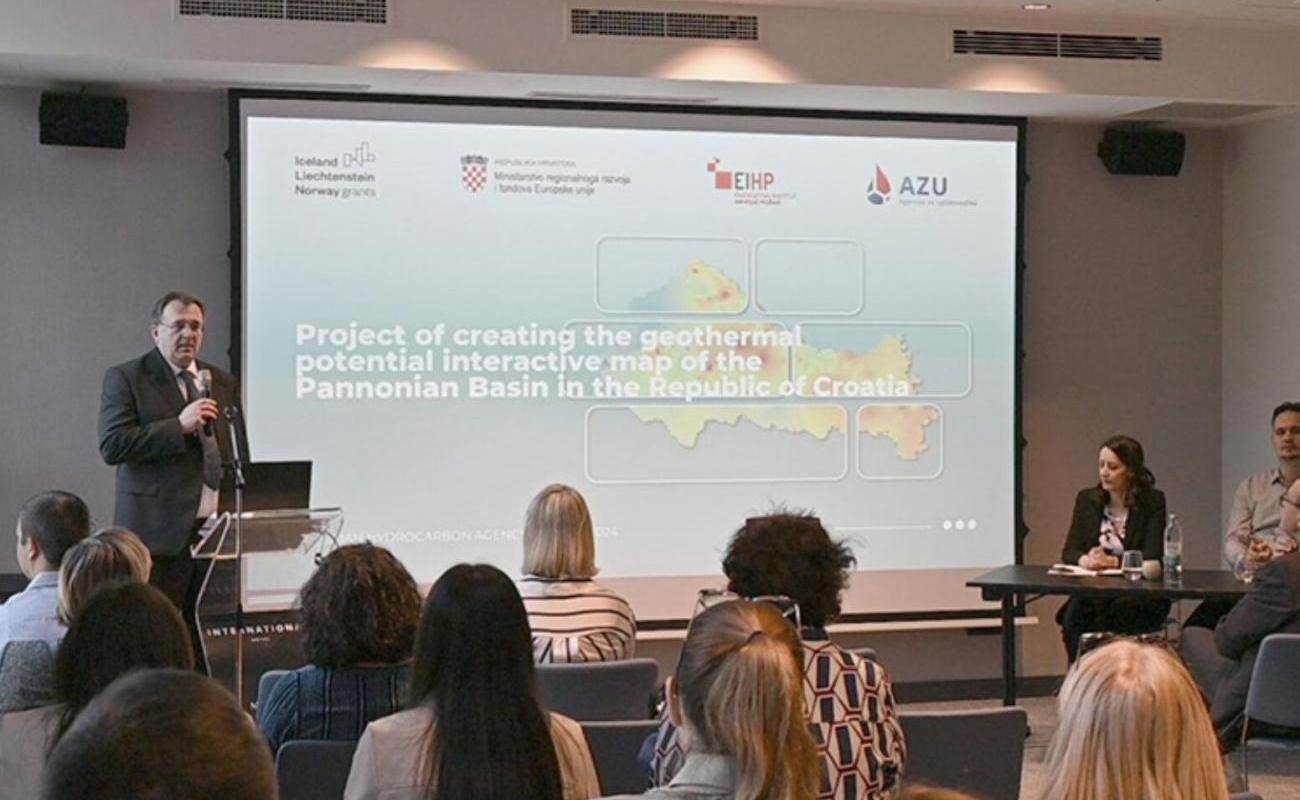INTERACTIVE CROATIAN GEOTHERMAL POTENTIAL MAP TO ATTRACT INVESTMENTS

Croatia is full of offers, and they don’t just come in the form of sunshine and sea. Croatian geothermal potential is also hugely interesting. An interactive Croatian geothermal potential map may just be the key to further investment in this area.
As Poslovni Dnevnik/Mladen Miletic writes, the Hydrocarbons Agency has successfully implemented a project to create a database of Croatia’s deep geothermal energy. It is called “The creation of an interactive map of the geothermal potential of the Pannonian basin in the Republic of Croatia”, and has been financed by grants in the amount of 200,000 euros.
The funds were allocated as part of the “Energy and Climate Change” programme within the financial mechanism of the European Economic Area. This was alongside the support of the funds provided by Norway, the Principality of Liechtenstein and Iceland.
An interactive map showing all exploration areas and exploitation fields of geothermal water for energy purposes, relevant well data and a map of the geothermal gradient is now publicly available via the website of the Agency for Hydrocarbons. The ultimate goal of the entire project is to encourage development and investment opportunities related to this extremely reliable a source of renewable energy in the Croatian part of the Pannonian Basin.
Marijan Krpan, President of the Management Board of the Hydrocarbons Agency, pointed out that this brand new interactive map is one of the steps taken by the Agency to promote Croatian geothermal potential and continue to attract investors.
“In the next step, the Agency wants to more actively help local communities in the challenges of financing drilling procedures. That’s why we’re hoping for and suggesting continued cooperation within the EEA financial mechanism with the support of funds represented here by Norway,” added Krpan.
N. E. Arne Sannes Bjørnstad, Norwegian Ambassador in Croatia, attended the presentation together with representatives of the Ministry of Economy and Sustainable Development, the Ministry of Regional Development and EU Funds, the Ministry of Spatial Planning, Construction and State Property. Experts from the Hrvoje Požar Energy Institute, whose support was of particular importance, were also present.
